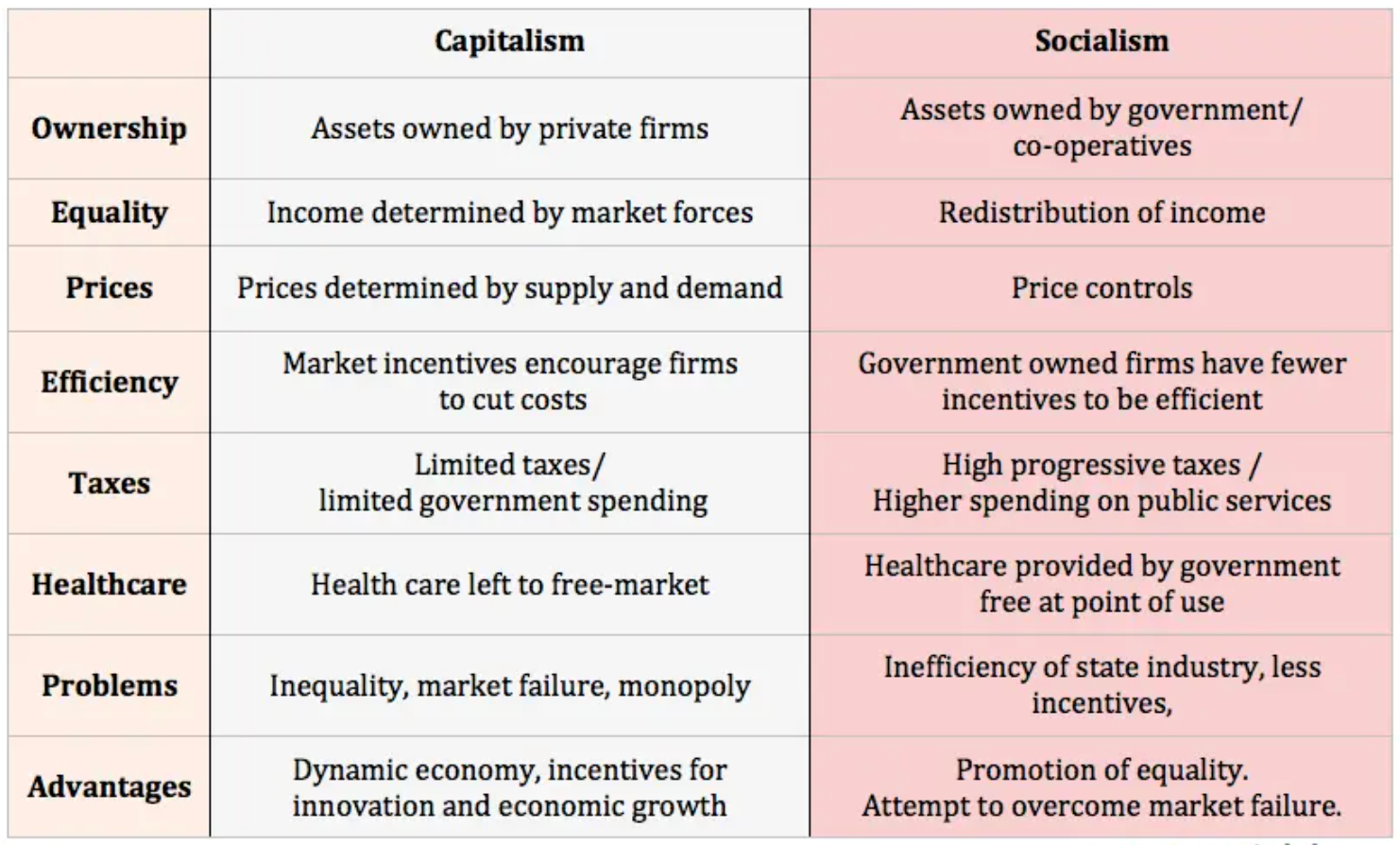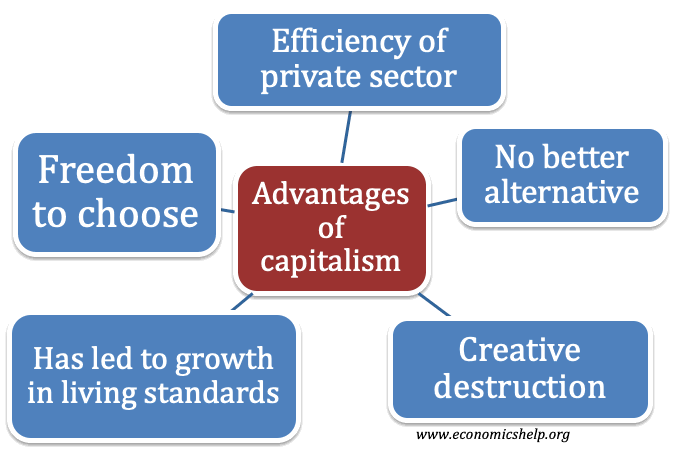Creative capitalism refers to a model of capitalism in which businesses prioritize social and environmental goals alongside profits. This approach to business has several advantages for businesses, both in terms of their impact on society and their own success.
One advantage of creative capitalism is that it can lead to increased customer loyalty and brand reputation. Consumers are becoming increasingly conscious of the social and environmental impact of the products they buy and the companies they support. By prioritizing these values, businesses can differentiate themselves from competitors and appeal to a wider customer base. This can lead to increased customer loyalty, as customers are more likely to remain loyal to companies that align with their values. In addition, a positive reputation can lead to increased customer acquisition, as consumers are more likely to choose companies that are perceived as socially responsible.
A second advantage of creative capitalism is that it can lead to cost savings and increased efficiency. By prioritizing sustainability, businesses can reduce waste and resource use, leading to lower operating costs. In addition, a focus on social responsibility can lead to improved relationships with suppliers and other partners, resulting in more efficient and effective supply chain management.
Finally, creative capitalism can lead to increased innovation and creativity within a company. By prioritizing social and environmental goals, businesses are often forced to think outside the box and come up with creative solutions to problems. This can lead to new product development and business model innovation, which can drive growth and competitiveness. In addition, a focus on creativity and innovation can lead to a more engaging and fulfilling work environment for employees, resulting in higher retention and productivity.
In conclusion, creative capitalism has several advantages for businesses. It can lead to increased customer loyalty and brand reputation, cost savings and increased efficiency, and increased innovation and creativity. As such, it is an approach that businesses should consider adopting in order to create value for all stakeholders, including customers, employees, and society as a whole.

:max_bytes(150000):strip_icc()/ConsumerismV2-b34a1343e2674f4081343d2856d7b1d8.png)





